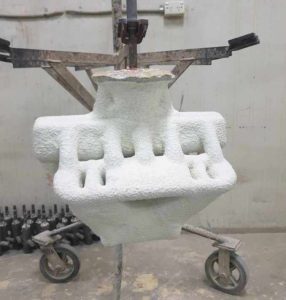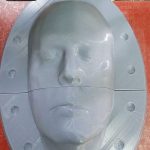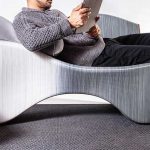Engineering the Future of Racing
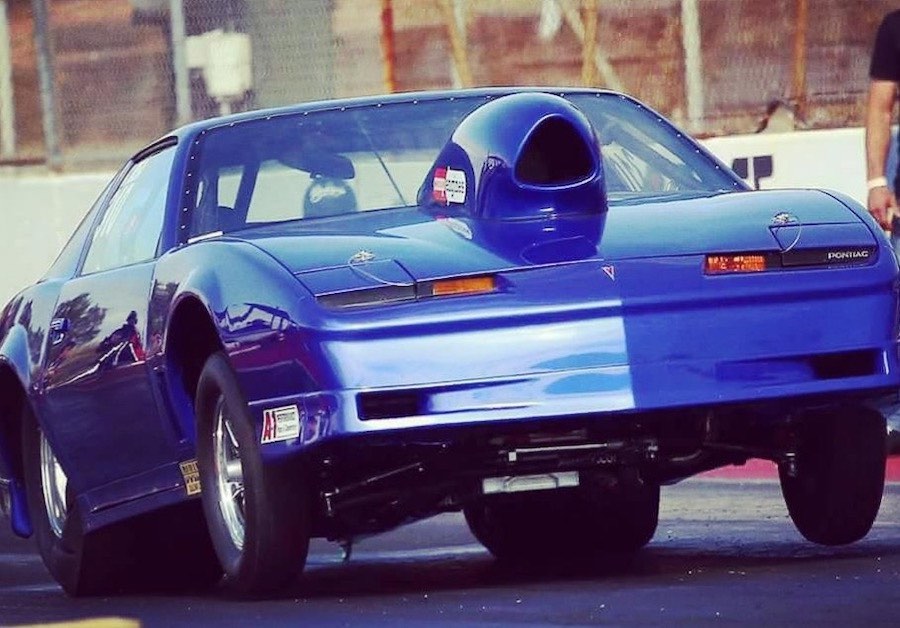 Engineer Michael Caroscio uses 3D printing to produce custom engine parts for the Australian National Drag Racing Series. He uses Simplify3D to prototype, test, and create casting molds for automotive engine intake manifolds. These methods allow him to efficiently optimize designs at a fraction of the cost of standard tooling methods.
Engineer Michael Caroscio uses 3D printing to produce custom engine parts for the Australian National Drag Racing Series. He uses Simplify3D to prototype, test, and create casting molds for automotive engine intake manifolds. These methods allow him to efficiently optimize designs at a fraction of the cost of standard tooling methods.
Michael works as an aerospace engineer for Boeing Australia, and has always had a passion for prototyping and manufacturing. Inspired by his father’s work in the automotive industry and involvement with the Australian National Drag Racing Series, Michael began working to develop better components for their racing program, particularly focusing on creating better intake manifolds for optimized engine performance.
A Faster Way to Design
 Michael turned to 3D printing as the best solution for rapidly prototyping and producing new parts for the race engines. “3D printing allows me to fully customize our intake manifolds. We’re able to develop prototypes at a fraction of the cost and time of traditional manufacturing methods and test them on our engine dynamometer. My most recent intake design including 3D printing and investment casting was all done for approximately $1500, which is a fraction of the cost of tooling for sand casting methods,” Michael explains.
Michael turned to 3D printing as the best solution for rapidly prototyping and producing new parts for the race engines. “3D printing allows me to fully customize our intake manifolds. We’re able to develop prototypes at a fraction of the cost and time of traditional manufacturing methods and test them on our engine dynamometer. My most recent intake design including 3D printing and investment casting was all done for approximately $1500, which is a fraction of the cost of tooling for sand casting methods,” Michael explains.
To optimize his intake manifolds, Michael begins with an existing engine design. He analyzes the engine and applies mathematical relationships to determine sizes for intake runner lengths and cross-sectional areas. He then uses these measurements to develop a CAD model, where he tweaks the measurements to fit within the size restraints of the car and to abide by the regulations within the racing rule book. After he has 3D printed a prototype that meets the requirements, he uses the investment casting processes with a 3D printed PLA mold to develop a functional part.
Saving Over 10 Hours with Simplify3D
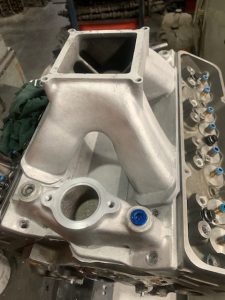 Starting with the default software that accompanied his 3D printer, Michael quickly discovered it did not provide the control and precision necessary for his projects, and decided to purchase a Simplify3D license. Michael explains, “The software supplied with the printer didn’t allow me to customize my tool paths to refine features of the part, so the switch to Simplify3D was a no brainer! I love the control that Simplify3D gives me when slicing parts and the intuitive user interface that comes with it. Intake manifolds have complex curvature and overhangs, so the ability to customize my processes in the software makes Simplify3D a very powerful tool.”
Starting with the default software that accompanied his 3D printer, Michael quickly discovered it did not provide the control and precision necessary for his projects, and decided to purchase a Simplify3D license. Michael explains, “The software supplied with the printer didn’t allow me to customize my tool paths to refine features of the part, so the switch to Simplify3D was a no brainer! I love the control that Simplify3D gives me when slicing parts and the intuitive user interface that comes with it. Intake manifolds have complex curvature and overhangs, so the ability to customize my processes in the software makes Simplify3D a very powerful tool.”
The ability to customize process settings for individual areas of his part allows Michael to reduce or even eliminate the need for supports in his prints, saving him significant amounts of time and material. According to Michael, “When printing with high temperature filaments, the support material can get tricky and expensive due to elevated temperatures. The ability to refine processes in Simplify3D and print without supports has saved me, at minimum, 10-15 hours and 45 meters of filament for each intake manifold I print.”
The ability to refine processes in Simplify3D and print without supports has saved me, at minimum, 10-15 hours and 45 meters of filament for each intake manifold I print.”
New Opportunities with 3D Printing
So far, Michael has focused primarily on optimizing Small Block Chevrolet engines, but going forward he wants to work on other engine types. He has already started branching into Chevy LS1 and Big Block Chevrolet platforms on the side. Though he started this project as a fun hobby, he has hopes of eventually turning his passions for automotive engineering, manufacturing, and prototyping into a new business in the future.
Engineers all over the world are using Simplify3D for prototyping, investment casting, and even printing end-use parts. We would love to hear about how you or your company is using Simplify3D for your projects. Share your story with us at stories@simplify3d.com.

